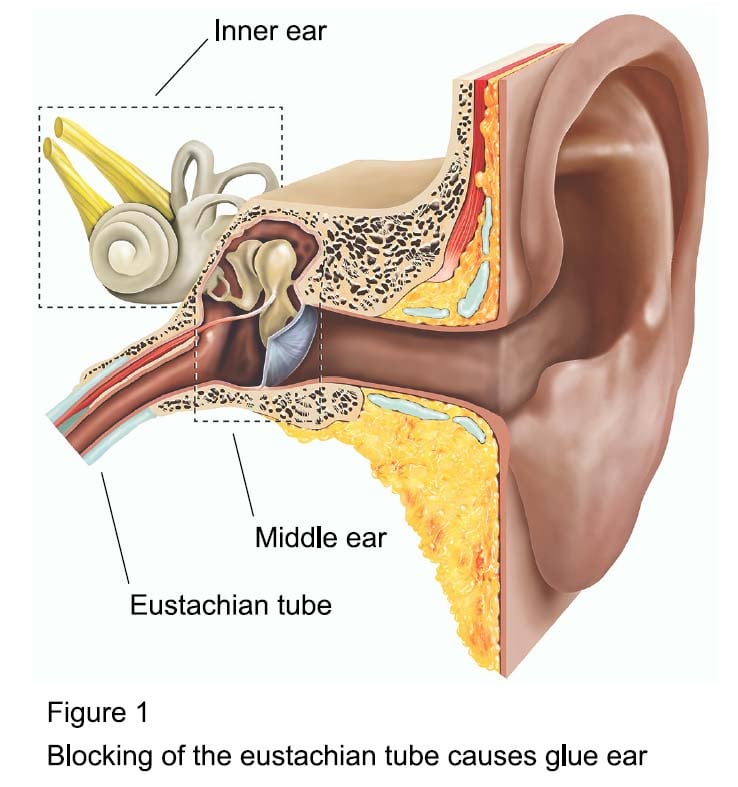Glue ear is a common ENT condition where fluid collects in your middle ear behind your eardrum. It can cause deafness and repeated earache or infections, sometimes resulting in a discharge from your ear. Your surgeon has recommended placing a grommet (small plastic or metal tube) to treat your glue ear.
Consultants and Clinic Times

Mr Behrad Elmiyeh
MB BS, MRCS, DO HNS, FRCS (ORL-HNS) Eng
Specialities
Ear, Nose and Throat (ENT)
Mr Tony Hinton
MB ChB FRCS(OTO) FRCS(ORL)
Specialities
Ear, Nose and Throat (ENT)
Mr Kevin Kulendra
BSc MBBS(Hons) DOHNS FRCS (ORL HNS)
Specialities
Ear, Nose and Throat (ENT)

Mr Enyi Ofo
BSc(Hons) MBBS(Lond) DOHNS FRCS(ORL-HNS) PhD
Specialities
ENT (Ear, Nose and Throat), Head & Neck/Thyroid Surgeon

Mr Parag Patel
FRCS (ORL-HNS), MSc Allergy, MBBS, BSc (hons), DO HNS
Specialities
Ear, Nose and Throat (ENT)














